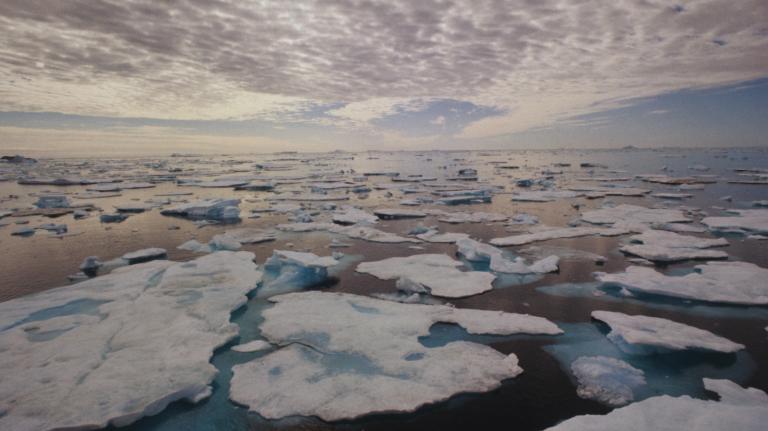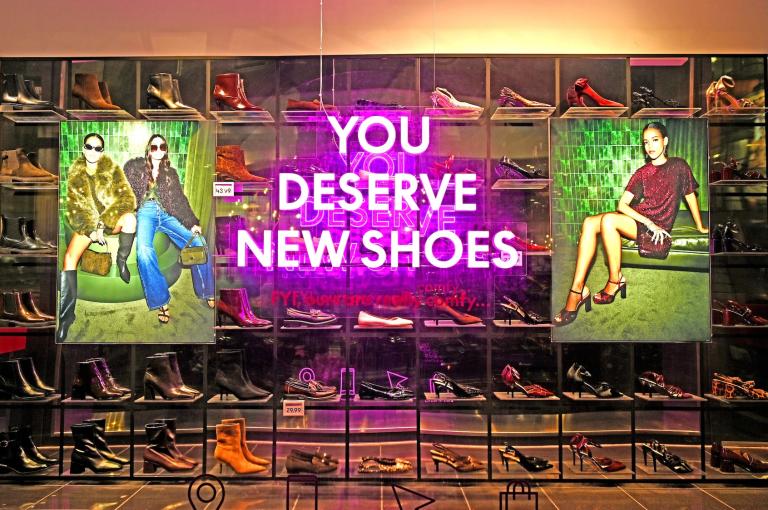The 193 countries of the United Nations have agreed on a first-of-its-kind treaty to protect the biodiversity of the world’s oceans — a massive step toward a goal decades in the making. The agreement, which was reached at U.N. headquarters in New York over the weekend, still needs to be formally adopted by the intergovernmental organization and ratified by its individual member countries.
For more than a century, oceans have served as a de facto dumping ground for industrializing nations. Wealthy countries like the United States, which cast their plastic and other trash into the sea, rely on the ocean to suck up vast quantities of carbon emissions while plumbing its depths for seafood and offshore fossil fuels. As a result, oceans have grown progressively warmer, more acidic, and more polluted, which has jeopardized the extensive marine ecosystems that used to thrive below the surface. The U.N. began talks to adopt a legal framework to protect the ocean in 2004, but disagreements over which parts of the ocean should be protected, how wealthy and developing nations share marine resources, and how fossil fuel companies should navigate more stringent marine environmental regulations delayed agreement until now.
“Our ocean has been under pressure for decades,” U.N. Secretary-General António Guterres said on Wednesday, urging members to come to an agreement. “We can no longer ignore the ocean emergency.”
The “high seas” — a classification that begins 200 nautical miles off of the coast of most nations — are not controlled by any one country. A patchwork of laws and agreements govern those waters, and they are aimed at regulating shipping, fishing, and other human activities. The treaty, if ratified, will establish a new set of rules on the high seas aimed at protecting marine species and the balance of its ecosystems.
The agreement would instate a new group within the U.N. in charge of managing ocean conservation and require detailed environmental impact assessments for all new activities on the high seas, including tourism. The treaty would also create areas within the ocean that are protected from human activity. Establishing marine sanctuaries where ocean species, some of which haven’t even been discovered by humans yet, can flourish undisturbed is key to the U.N.’s pledge last year to conserve 30 percent of the planet’s land and water by 2030.
“The high seas are especially vulnerable to climate change,” Doug McCauley, a marine biologist at the University of California, Santa Barbara, told Grist last March. “They’re impacted by changes in ocean temperature, ocean warming, and ocean acidification. These protected areas could at least create a little bit of breathing room for species in the face of this climate threat.”
The health of the high seas is intrinsically linked to human health and well-being. Roughly half of the oxygen we breathe is made by microscopic plants that live in the ocean. Billions of people around the world rely on the ocean for food. And, more long term, marine species could supply scientists with genetic material that could help treat diseases. (Which countries get to benefit from these yet-undiscovered scientific advancements was one of the issues that held up negotiations in prior efforts to achieve an international agreement on oceans.) The agreement on Saturday marks a historic step toward shielding the ocean, and humans, from climate change, pollution, and other 21st-century threats.
“There’s a load of evidence on how we can restore ocean health,” Will McCallum, head of oceans at the environmental nonprofit Greenpeace U.K., told Grist last year. “The ocean has a remarkable capacity to rebound.”
Joseph Winters contributed reporting to this story.
Editor’s note: Greenpeace is an advertiser with Grist. Advertisers have no role in Grist’s editorial decisions.




